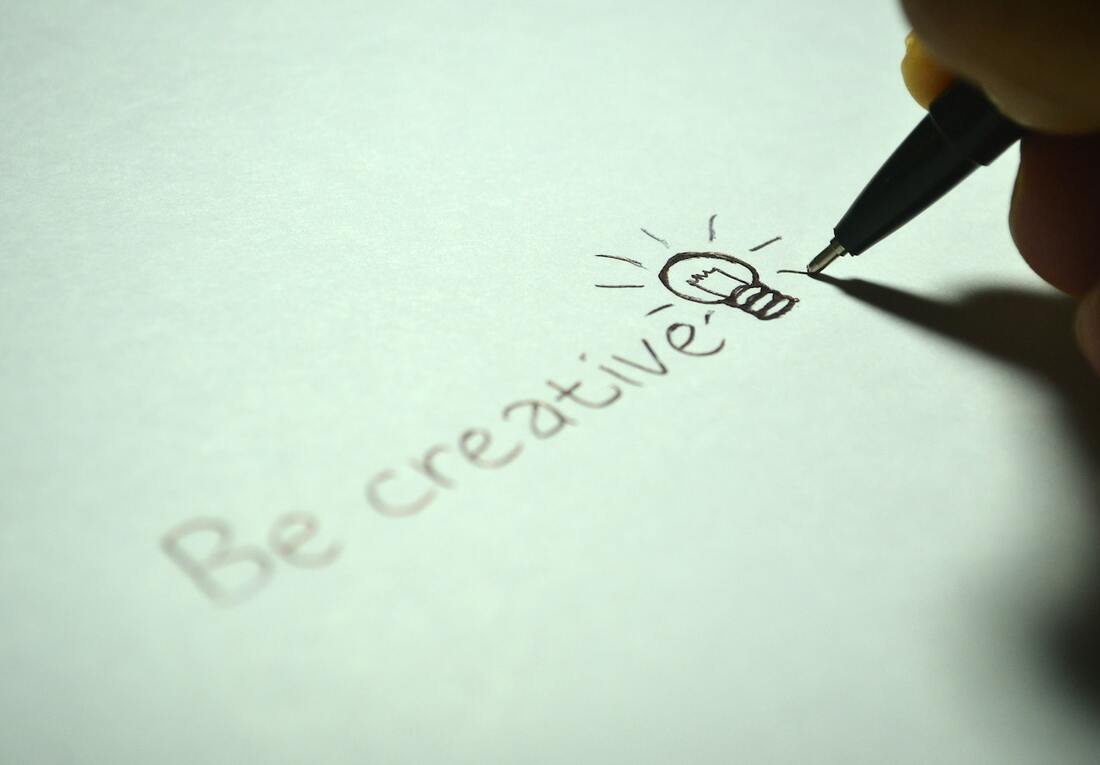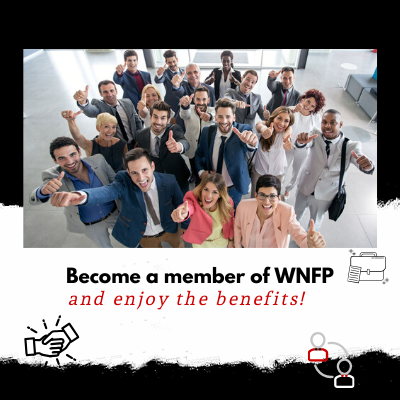|
During the late summer of 2007, Lin-Manuel Miranda, the award-winning composer, lyricist, and actor, wanted something to read while vacationing in Mexico. He picked up Ron Chernow’s biography Alexander Hamilton. Most people wouldn’t think of a historical biography as a beach read, but Miranda credits his father, political advisor Luis A. Miranda, for his interest in history and politics. As Miranda was reading Hamilton’s biography, he was already conceiving the Founding Fathers as hip-hop artists. A polymath, Miranda is an expert in several domains and is able to connect knowledge and ideas from different fields, creatively relating the seemingly unrelated. Polymaths are Renaissance thinkers of sorts, creative thinkers who expand disciplines and, in turn, our thinking about each discipline. You’re probably thinking, Miranda is in the arts, so of course he’s creative. Well, then think of Reed Hastings (CEO, Netflix), Jo Ann Jenkins (CEO, AARP), Steve Jobs (former CEO, Apple), Dr. Katalin Kariko (messenger RNA biology pioneer), Tim Berners-Lee (inventor of the World Wide Web), and you’ll see that creative thinking serves us all. Building creative habits can lead to worthwhile ideas and innovation. Like building any good habit—for instance, a daily commitment to eating more vegetables and moving more and sitting less—building creative habits is a practice. Here are some creative habits to build that are as revitalizing as consuming kale and broccoli (and for some, perhaps, a lot more enjoyable!) How to become more creative 1. Practice extreme curiosity Being curious opens your mind to new knowledge and to questions that might unlock idea-producing insights or gaps. Curiosity compels you to learn all you can about your discipline and to keep learning about it. After all, to become an expert at something, you must keep learning and practicing. Curiosity also compels people to learn about different subjects. Just think of Miranda picking up the biography of Alexander Hamilton to read while on vacation. Curiosity is a form of information-seeking to gain understanding and improve cognition—thinking processes by which you accumulate knowledge that can help you recognize, perceive, and conceive ideas. As Albert Einstein said, “I have no special talents. I am only passionately curious.” 2. Be hyper observant Get into the practice of noticing things seen, heard, and felt. Think of observational humorists, such as Alonzo Bodden, Michelle Buteau, and Negin Farsad, who actively observe and point out the unnoticed or prosaic daily occurrences with which their audiences are familiar but now see in a new humorous light. If you’re thinking these humorists also are in creative professions, then think of how observant George de Mestral was about noticing the burs from a plant sticking to his pants, which led to his idea for Velcro. 3. Try seeing through a new lens We each have our own perspective, our own view of the world shaped by our education, experiences, communities, families, and friend groups. This personal perspective is the lens through which we see the world and ourselves in it. Multiple-perspective thinking allows you to mentally walk in others’ shoes, to look at a situation, an idea, a life lived, or an event from the viewpoints of people who are different from you, who have had different experiences. That shift in perspective adds a fuller dimension to your thinking. Whether it’s seeing a goal or issue from your teammates’ perspectives or ensuring any team is diverse and inclusive—which should always be the case—seeing through a different lens ensures greater creative outcomes. 4. Change up the channel of communication When Eric Yuan and his girlfriend were attending different universities in China, they were separated by a 10-hour train ride. That experience gave rise to Yuan’s idea to incorporate video into user-friendly telephone-based conferencing systems. Yuan is the founder of Zoom, the San Jose, California-based communications platform that reported revenue of $4.1 billion at the end of its last fiscal year. In another example, after seeing Deaf West Theatre’s Spring Awakening cast perform at the Tony Awards, indie artist Ingrid Michaelson teamed up with Deaf West Theatre to perform an American Sign Language (ASL) version of “Hell No” in a music video. “We were honored that Ingrid was moved enough by our production of Spring Awakening to invite us to collaborate with her,” Deaf West artistic director DJ Kurs told EW.com. “Our mission is to bridge the divide between the hearing and deaf worlds, and our collaboration is a significant step towards this goal. Our company is always exploring the synergy between ASL and music, and we’re thrilled that our work is being seen by a new audience.” Reclamation through a different lens creates a new experience for an audience. Ingrid Michaelson’s original “Hell No” Official Music Video was constructed with Snapchat filters. 5. Ask, what if...? What if? It is a wonderous question that invites you to speculate, to imagine. Any probing question—“If only . . .” and “I wonder . . .”—works to seed ideas, foster a creative mindset, determine goals, and in turn, raise other questions. These types of questions foster imaginative and unconventional avenues of thought. On his website, author Neil Gaiman advises, “You get ideas when you ask yourself simple questions. The most important of the questions is just, What if . . . ?” While you're having your morning coffee or tea, pose one of the following questions to stimulate your creative thinking:
Asking what-if questions pushes you to imagine or create, inviting you to speculate beyond your own experience, to wonder what something might be like "if . . ." It provides the freedom to talk about something you want to happen or be true, speculating on a possibility beyond your own experience. Asking pointedly-inquiring questions stimulates curiosity and one’s imagination, potentially sparking the creative or innovative ideas that all disciplines demand. Reap the rewards of building creative habits Like the good habits of healthy eating and regular exercise, the rewards of building creative habits will become readily apparent. Miranda wanted something to read on vacation; being curious about U.S. history, he chose Chernow’s Alexander Hamilton. And you see how his career turned out. Source: https://www.allbusiness.com/
0 Comments
|
Membership is open to businesses and organizations interested in increasing visibility and brand awareness in Westchester County and surrounding areas.
Archives
May 2024
Categories
All
|


 RSS Feed
RSS Feed